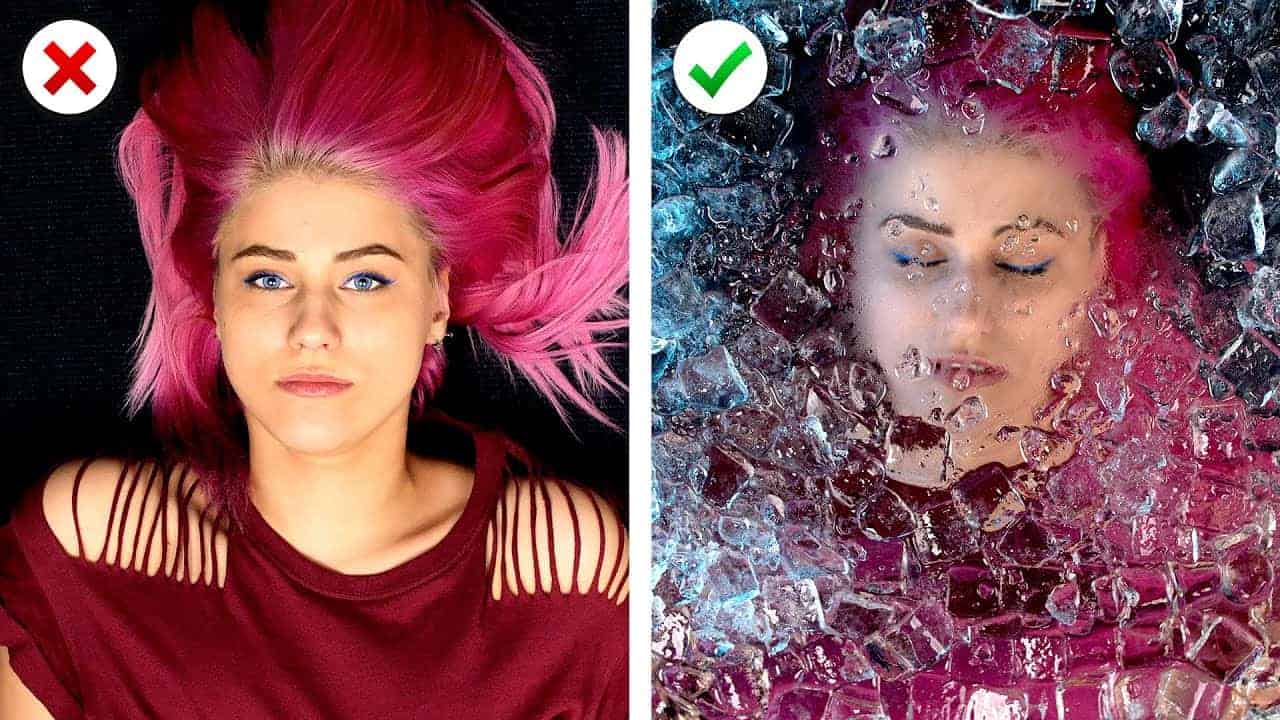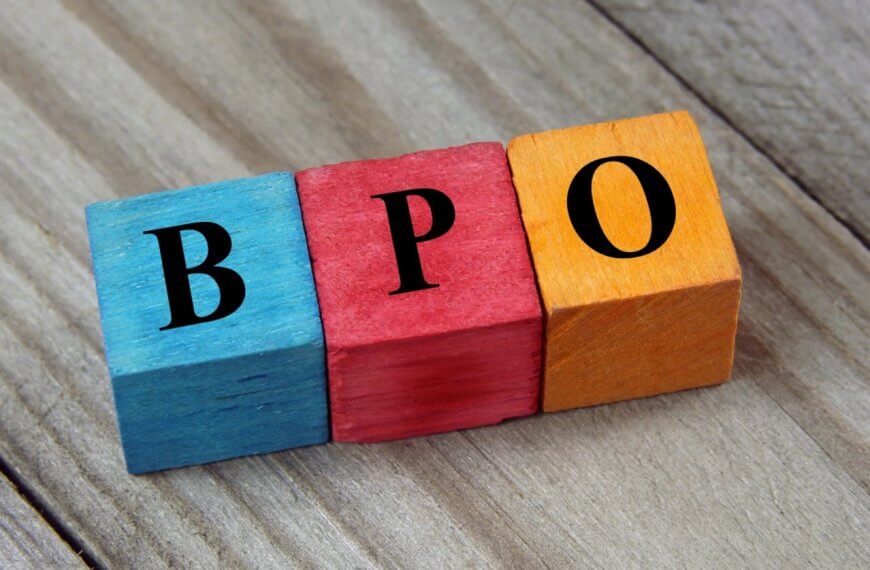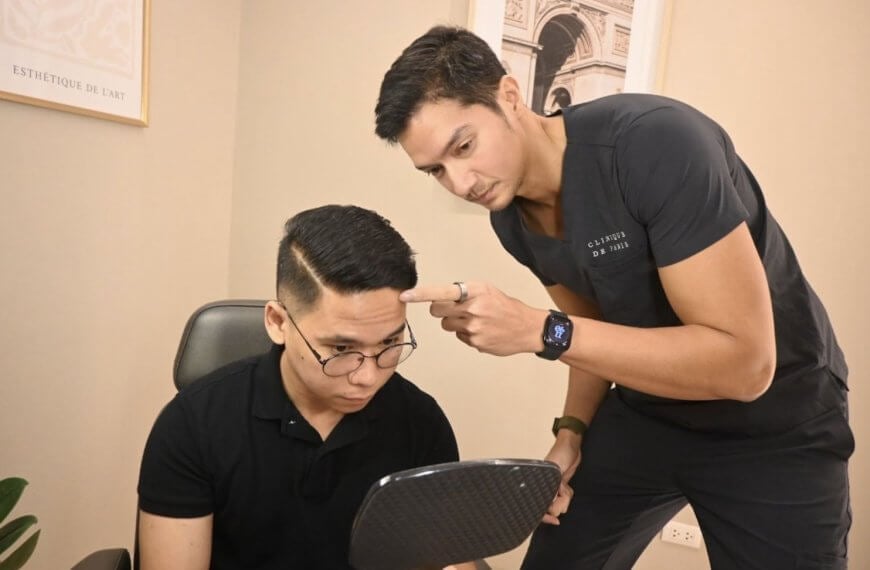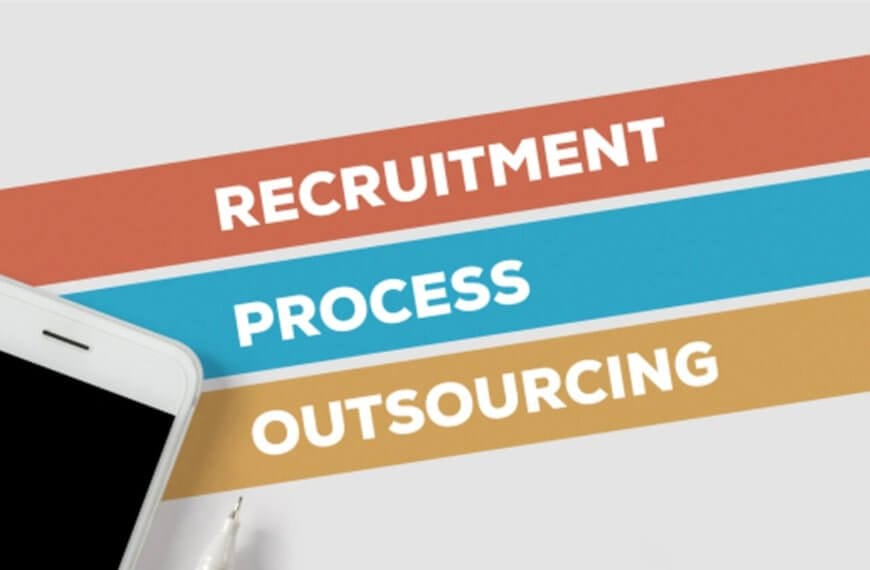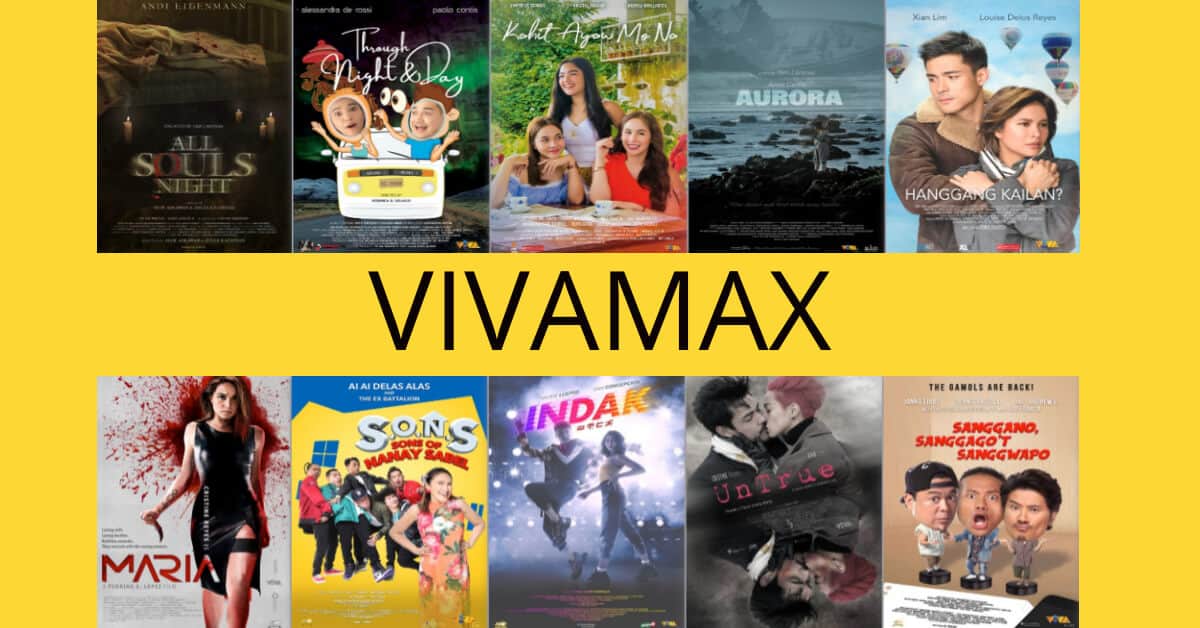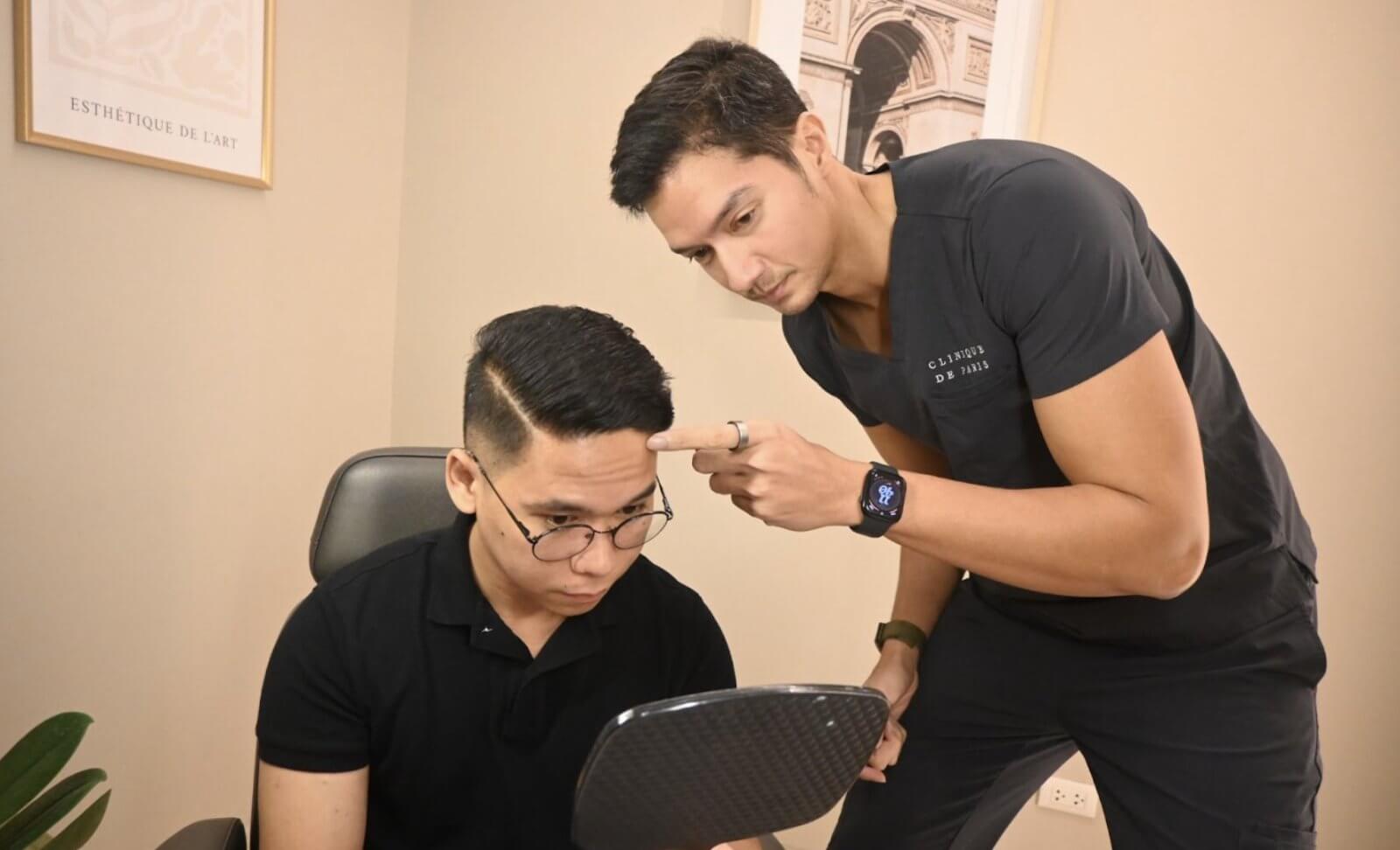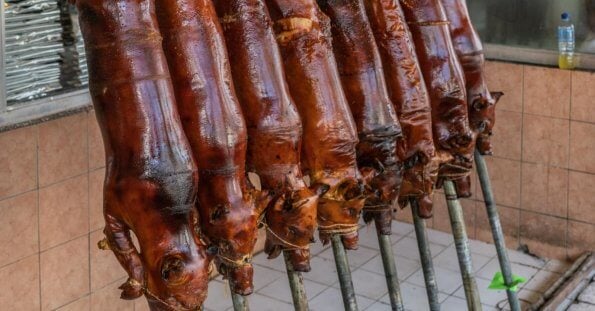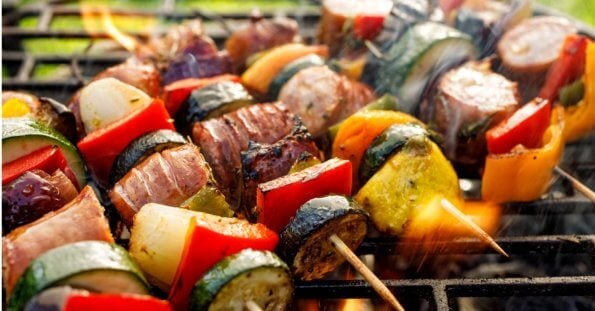by Johanna Patricia A. Cañal, MD, MHA, MSc
I’ve heard it often enough…patients saying that they have “low blood”. What they really mean is that they are anemic. They have some form of anemia. How do we know? Clinically, the patient is probably pale. Objectively, doctors can tell from a Complete Blood Count aka a CBC. We know there is anemia is the hemoglobin is low.
There are many types of anemias but one of the most common kinds is iron-deficiency anemia. This is the kind of anemia that can be corrected by diet or supplements. Now, supplements are easy. One tablet a day of ferrous sulfate or ferrous fumarate is fairly easy to remember. But, this isn’t much fun.
What is much more fun is to just eat iron-rich foods.
It just begs the question. What food is rich in iron?
The obvious answer is meat, especially red meat. Beef and pork are great sources of iron. They are important sources of iron. And we’re not just talking the meat, we also mean organs. Liver, kidneys, brain and heart. In the Philippines, dishes like bopis and papaitan are great for iron requirements. This is why vegetarians and vegans are usually anemic. They have cut off an important source of iron from their diet.
Fish and shellfish are also on the list. Special mention goes to tuna, sardines and mackerel… all fairly inexpensive in the Philippines. Canned fish is perfectly acceptable. Shellfish common in the Philippines—clams and mussels—also contain a lot of iron. We just need to know the source of these shellfish to prevent from toxic shellfish poisoning.
Non-meat sources of iron include spinach and other green leafy vegetables, legumes (beans, lentils, peas and chickpeas), pumpkin seeds, broccoli, tofu and quinoa. In other words, there are A LOT of options. Salads, buttered broccoli, tokwa’t baboy, and even malunggay.
A huge plus is this last option for iron: dark chocolate. I know. It’s an acquired taste. It is not as universally likeable as milk chocolate and certainly not as sweet. Just a little dark chocolate after dinner is ok.
So, iron-rich can be incredibly delicious. For as long as the meal is complete—carbs, proteins, fats and veggies—iron-deficiency anemia should not be a problem.
Hello!
This short article is part of a series of articles that is designed to make health care more understandable to non-doctors.
As a way of disclosure, I am a radiologist and a radiation oncologist. My strengths, therefore, are diagnosing illness, particularly cancer, and cancer treatment. Thus, I will be talking about medical tests and what these are about.
I shall also be talking about the dreaded disease, cancer. In the 2nd decade of the 21st century, cancer is the #4 cause of death worldwide. NUMBER 4! It used to be #10. It has obviously been going up. The number 1 and 2 killers are cardiovascular diseases…translated into heart attacks and strokes. Number 3 is pneumonias and lung diseases.
The previous century was known as the century of infectious diseases. The most common causes of disease and death were bacterial and viral pneumonia and tuberculosis. The present century is the century of the lifestyle disease. That is, infections don’t play as big a part as lifestyle diseases. What are those? Heart disease, strokes, cancers and injuries/accidents.
But then again, the 21st century has just started, and we already have a pandemic. One never knows what will happen in the next 10, 20 or 30 years. Thus, this series will discuss a range of topics, hopefully the topics most relevant to you.
If there is a topic that you want clarified, please do drop me an e-mail at [email protected]. Please just fill in the subject line with: [SULIT] Your question



